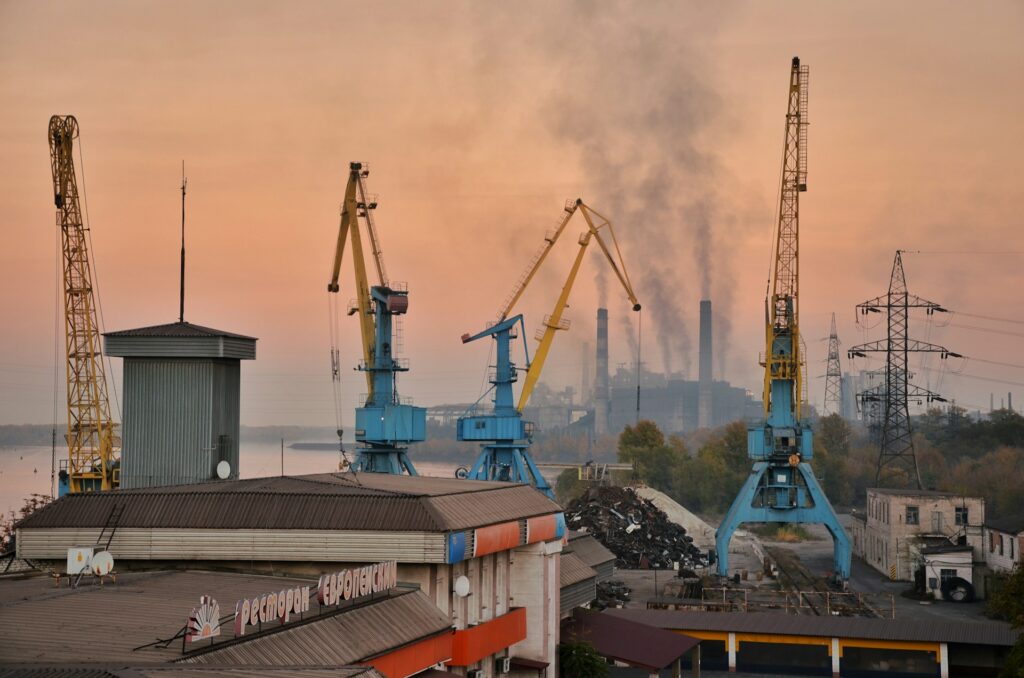Key Takeaways
– A cold front forging is a weather phenomenon characterized by the movement of a cold air mass displacing a warmer air mass.
– Cold fronts often bring changes in weather conditions, including cooler temperatures, strong winds, and precipitation.
– Understanding the formation and movement of cold fronts can help predict weather patterns and prepare for potential impacts.
– Cold fronts can lead to the development of severe weather, such as thunderstorms and tornadoes.
– Cold fronts play a crucial role in shaping regional climates and influencing weather patterns.
Introduction
Weather patterns are constantly changing, and one of the most significant events that can occur is the movement of a cold front forging. This weather phenomenon brings about a shift in atmospheric conditions, often resulting in changes in temperature, wind patterns, and precipitation. In this article, we will explore the fascinating world of cold fronts, their formation, impacts, and their role in shaping regional climates.
The Formation of Cold Fronts
Cold fronts form when a mass of cold air advances and displaces a warmer air mass. This movement occurs due to differences in air density, with the denser cold air pushing underneath the warmer air. As the cold air mass moves forward, it lifts the warm air, creating a boundary known as a front. This boundary is where the two air masses meet and interact, leading to changes in weather conditions.
The Characteristics of Cold Fronts
Cold fronts are often associated with distinct characteristics that set them apart from other weather systems. One of the most noticeable features of a cold front is the abrupt change in temperature. As the cold air mass replaces the warm air, temperatures can drop significantly, sometimes by several degrees within a short period. This sudden temperature change can be felt by individuals and can have a significant impact on daily activities and comfort levels.
The Impacts of Cold Fronts
Cold fronts bring about various impacts on weather conditions. One of the most common effects is the development of precipitation. As the warm air is lifted by the advancing cold air, it cools and condenses, leading to the formation of clouds and precipitation. This precipitation can range from light rain to heavy downpours, depending on the moisture content of the air mass and the intensity of the front.
Cold Fronts and Severe Weather
In some cases, cold fronts can trigger the development of severe weather events. The interaction between the cold and warm air masses can create instability in the atmosphere, leading to the formation of thunderstorms. These thunderstorms can bring about strong winds, heavy rain, lightning, and even hail. In extreme cases, cold fronts can also contribute to the formation of tornadoes, which can cause significant damage and pose a threat to human safety.
Understanding Weather Patterns and Predictions
Studying cold fronts and their behavior is crucial for meteorologists and weather forecasters. By analyzing the movement and characteristics of cold fronts, forecasters can make predictions about future weather conditions. This information is invaluable for individuals, businesses, and emergency management agencies, as it allows them to prepare for potential impacts and make informed decisions to ensure safety and minimize risks.
Cold Fronts and Regional Climates
Cold fronts play a vital role in shaping regional climates. The movement of cold air masses can influence the overall weather patterns in a particular area. For example, regions located near the coast may experience more frequent cold fronts due to the interaction between land and sea breezes. These frequent cold fronts can lead to cooler temperatures and higher precipitation levels, creating a unique climate characteristic to that region.
The Importance of Cold Fronts in Weather Systems
Cold fronts are an essential component of weather systems worldwide. They contribute to the overall balance of atmospheric conditions and help regulate temperature and moisture distribution. Without the movement of cold fronts, weather patterns would be less dynamic, and regional climates would be significantly different. Understanding the role of cold fronts in weather systems is crucial for gaining a comprehensive understanding of Earth’s climate and its ever-changing nature.
Conclusion
Cold fronts are fascinating weather phenomena that bring about significant changes in atmospheric conditions. From their formation to their impacts on weather patterns and regional climates, cold fronts play a crucial role in shaping our understanding of weather systems. By studying and analyzing cold fronts, meteorologists and weather forecasters can provide valuable information to help individuals and communities prepare for potential impacts and make informed decisions. As we continue to explore the complexities of weather patterns, cold fronts remain a captivating subject that highlights the dynamic nature of our planet’s climate.

Adrian graduated with a Masters Degree (1st Class Honours) in Chemical Engineering from Chester University along with Harris. His master’s research aimed to develop a standardadised clean water oxygenation transfer procedure to test bubble diffusers that are currently used in the wastewater industry commercial market. He has also undergone placments in both US and China primarely focused within the R&D department and is an associate member of the Institute of Chemical Engineers (IChemE).


